
Gray Noddy
Anous albivitta
Also known as: Blue-Gray Noddy, Grey Ternlet


Anous albivitta
Also known as: Blue-Gray Noddy, Grey Ternlet

The grey noddy, a small and graceful seabird, is a visitor to New Zealand's northern waters. About the size of a blackbird, this delicate tern sports a pale blue-grey plumage that often appears white from a distance. Its elegant flight and unique feeding behaviour make it a captivating sight for birdwatchers.
1. Pale blue-grey plumage that can appear white in bright sunlight.
2. Large dark eyes with a partial white eye-ring and black bill with orange gape.
3. Unique feeding behaviour: hovering and pattering feet on water surface like a storm petrel.
Grey noddies breed from August to February on the Kermadec Islands. Their unique courtship involves pairs hovering and weaving across each other's flight paths. Interestingly, while most chicks peck at the parents' bill for food, grey noddy chicks peck at the pink webs on adult birds' feet instead. While not currently threatened in New Zealand, their limited breeding range makes them vulnerable to environmental changes.
Look for grey noddies along New Zealand's northern coastlines, particularly around the Kermadec Islands. They're often seen foraging close to shore in small flocks, especially during late summer when warm sea temperatures bring them south. Dawn and dusk are prime viewing times. Watch for their distinctive hovering and pattering behaviour over the water. A helpful tip: scan rocky cliffs and ledges where they often rest and nest.
Grey noddies are native to the Pacific, with the Kermadec Islands hosting a significant breeding population. While not traditionally significant in Māori culture due to their limited presence in mainland New Zealand, their graceful presence enriches the biodiversity of our northern waters and offers a glimpse into the broader Pacific ecosystem.
25 cm
58 g
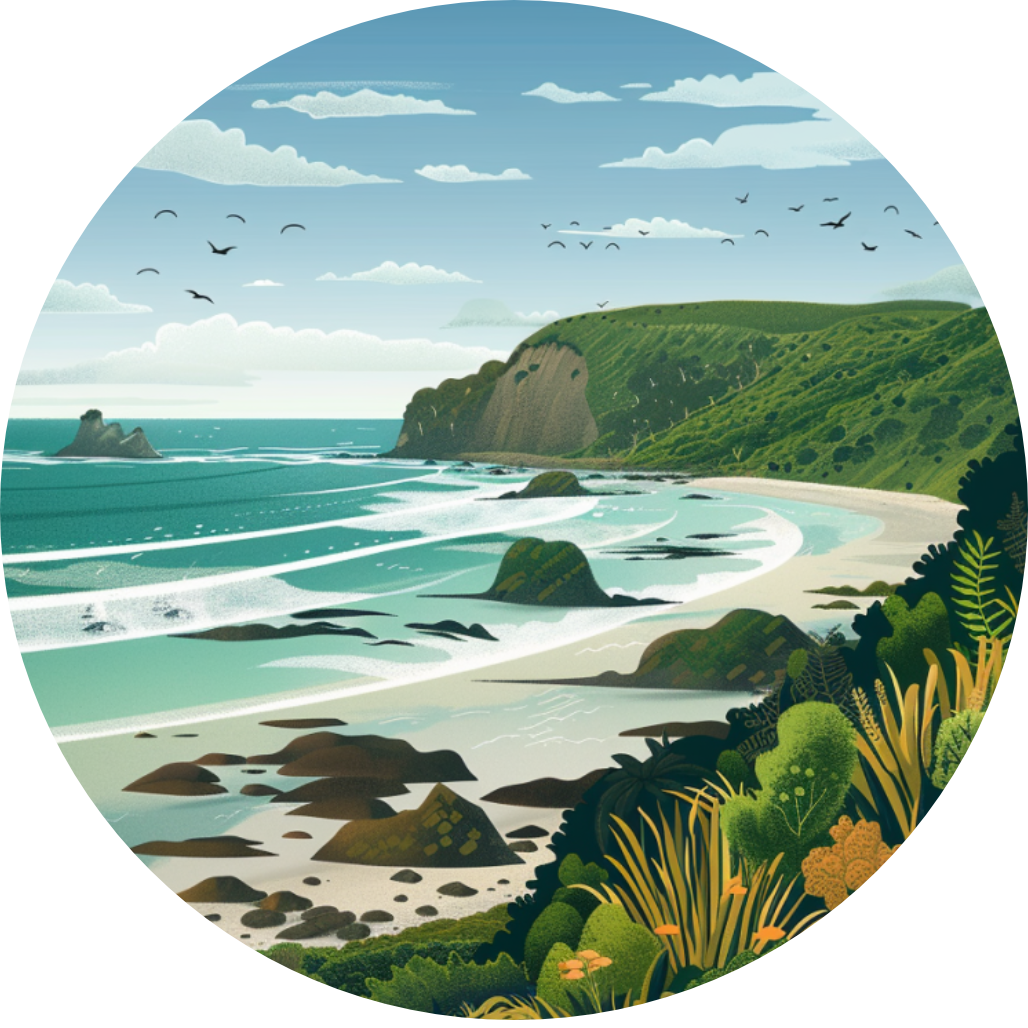
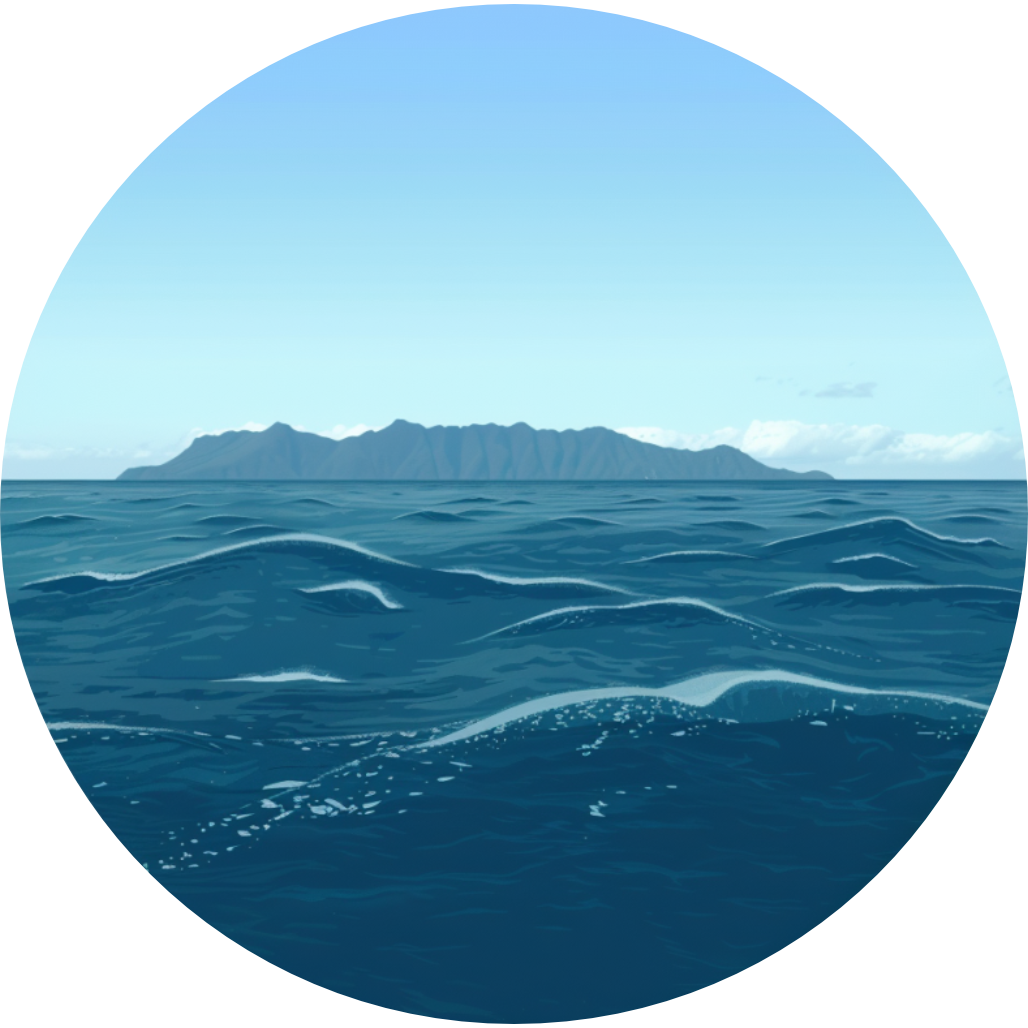

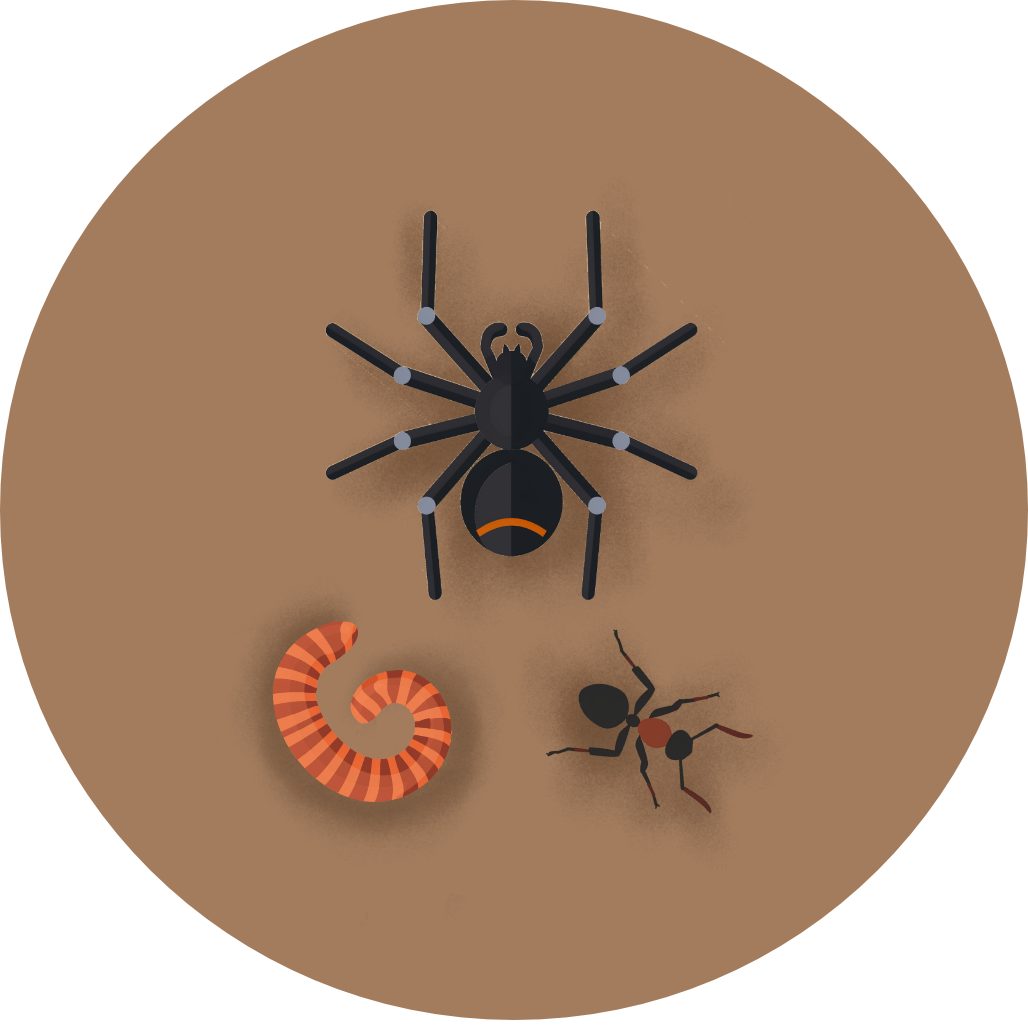
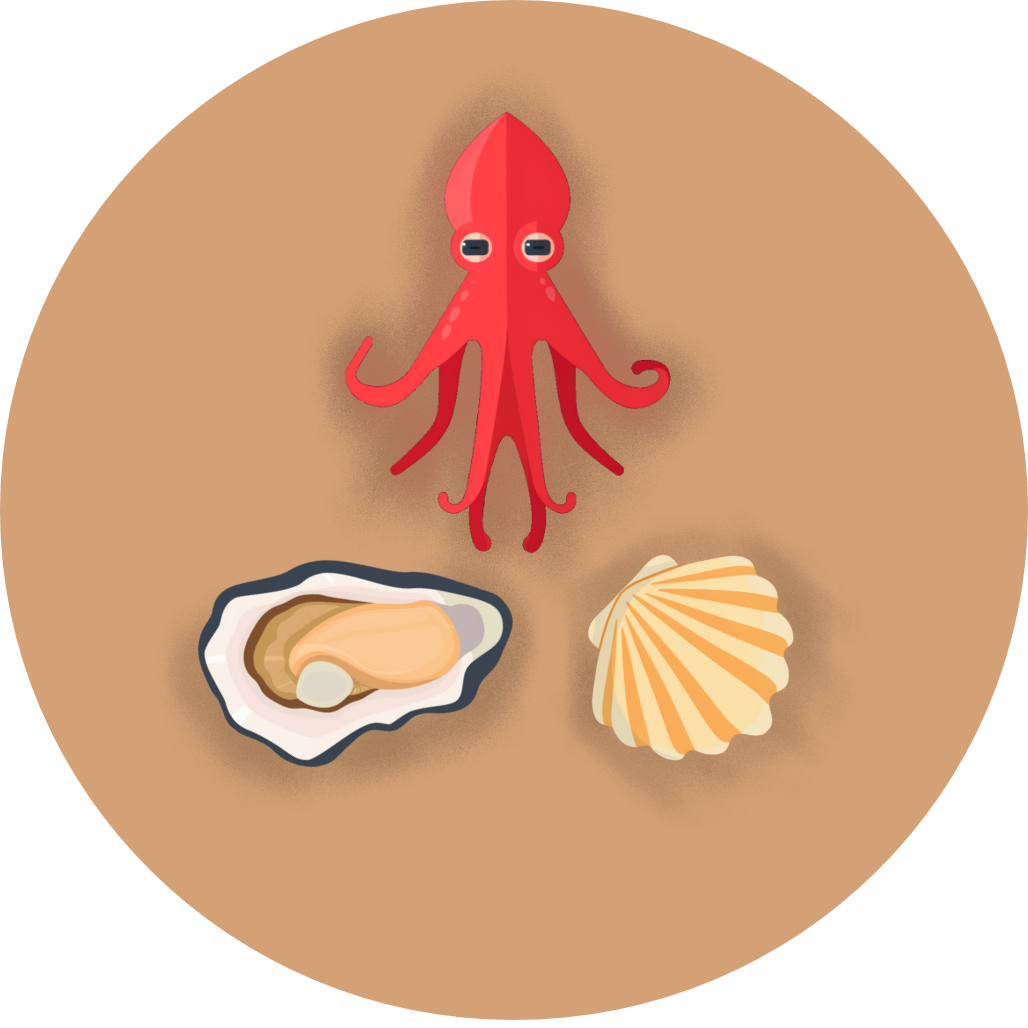
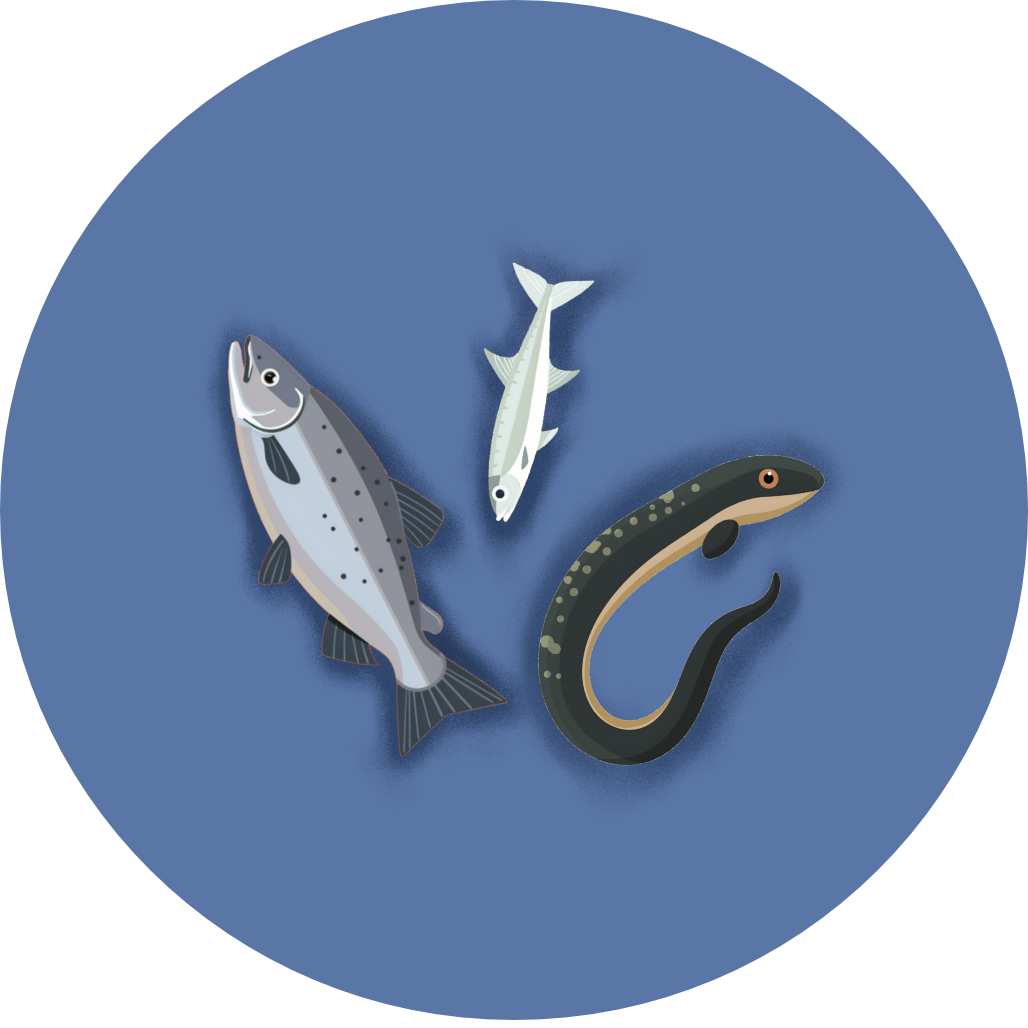
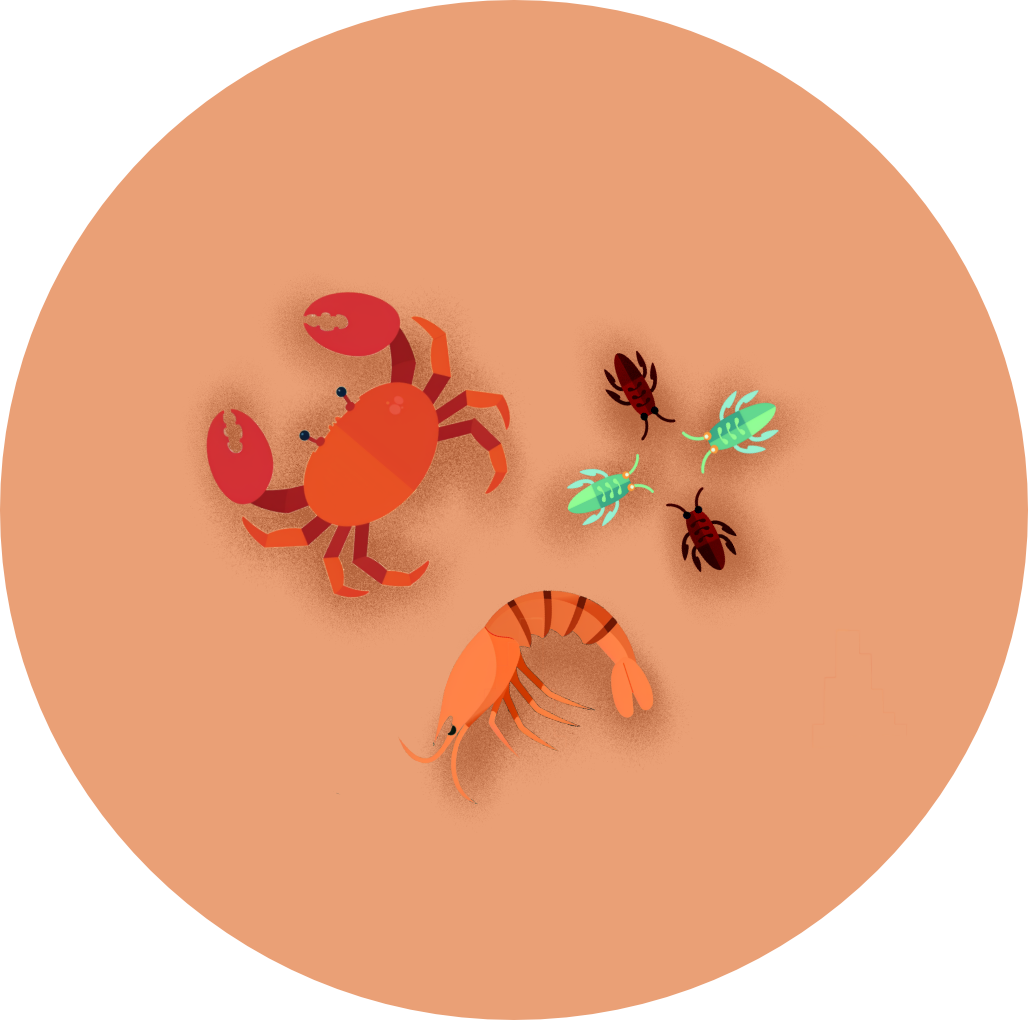
Coming Soon!
Top birding locations will be available in a future update.